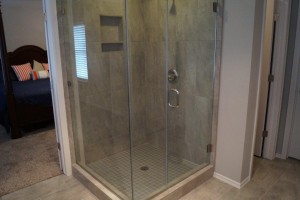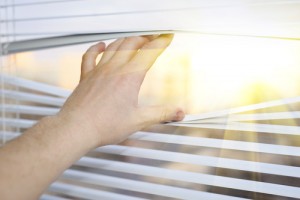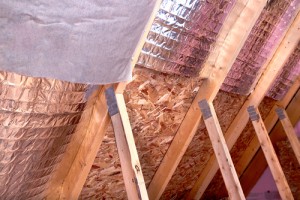Over the past few years, more and more home buyers have expressed interest in frameless glass shower doors. There’s no denying these doors give any bathroom a more modern and sophisticated look. That’s part of the reason why Perry Hood Properties homes have been using frameless glass shower doors in many of our newly constructed homes. Here are some other reasons we enjoy about using them.
- Style
Above all else, a frameless shower door brings a stylish look to your bathroom. Not only is the crystal clear glass an amenity that suggests luxury, but your carefully decorated shower tiles also have a chance to shine. No more will you be stuck with an ugly, metal frame typical of showers for decades. This new, more minimalist approach ensures your bathroom will be stylish for years to come.
- Value
A frameless shower door helps to increase the value of your home. While many who are installing frameless showers after their home is constructed may be concerned about their price, the value they add to the home helps you make up that cost when you sell. They also make your home more attractive to potential buyers. At Perry Hood Properties, we put thought into each room of our homes and install features that last, save energy and add value. Frameless shower doors offer our home buyers a great look and a lasting value.
- Durability
At first glance, a frameless shower door may not appear very sturdy. Something made entirely out of glass can’t possibly stand up to much abuse. In reality, these glass shower doors are tempered to make them as durable as possible. For any predicted bumps and knocks that a shower door would typically withstand, these doors will remain flawless. Cracks and shattering are no concern in typical situations.
There are very few reasons not to add frameless shower doors to your bathroom, and even less reason not to purchase a new home with this feature.
To browse through our available homes with modern bathrooms and other amenities, check our online catalog or give us a call to start building your own custom home.












